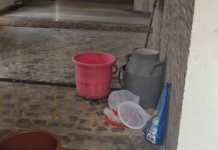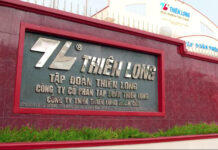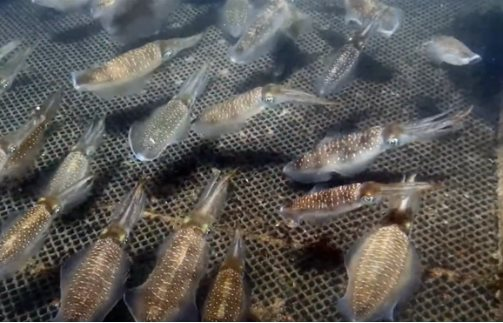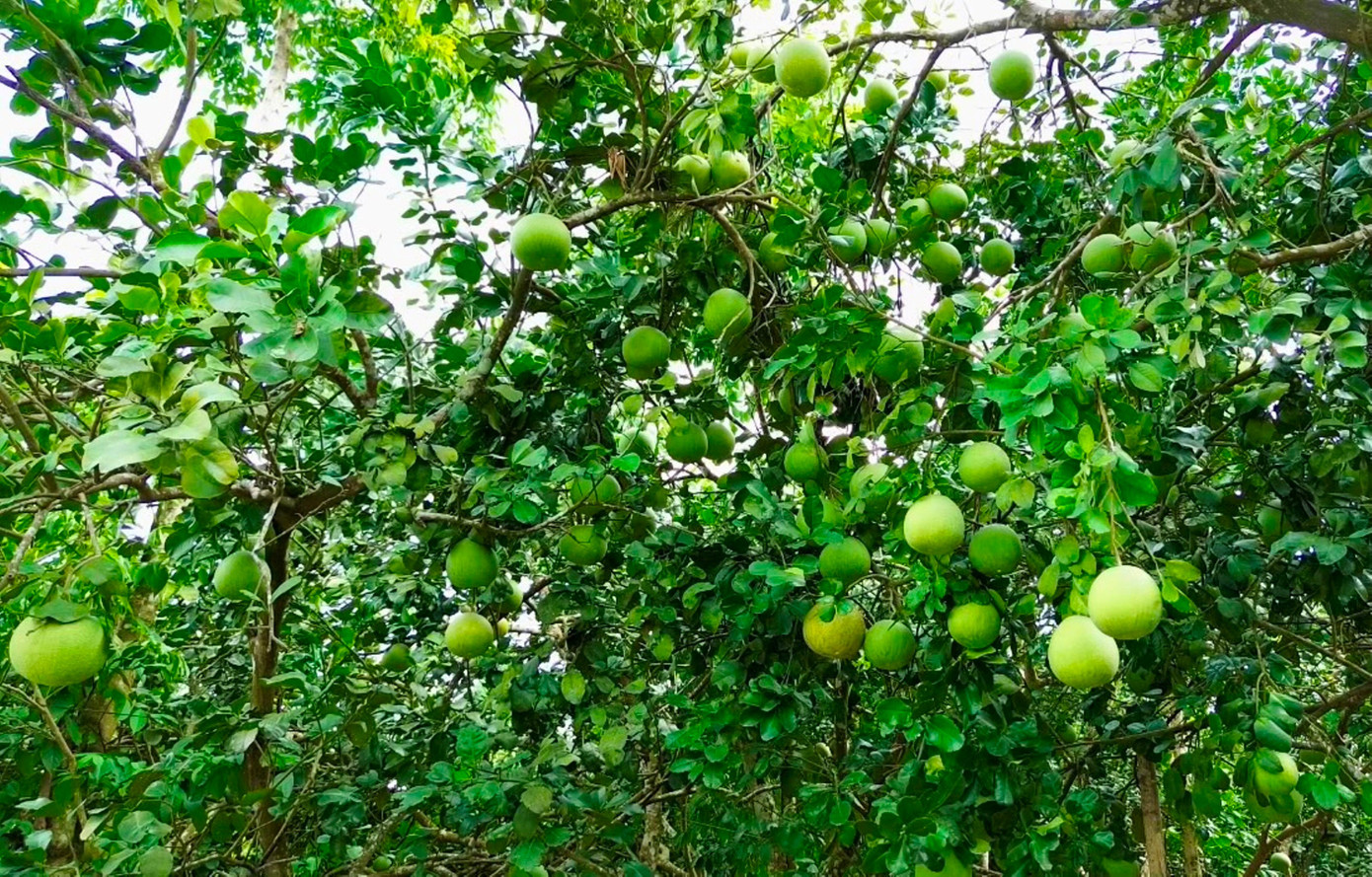
Hue Pomelo, a citrus fruit closely related to grapefruit, boasts smaller, thinner-skinned fruits with a mild, sweet flavor and a subtle fragrance. Cultivated for centuries in the Thuy Bieu area along the Huong River (now Thuy Xuan Ward, Hue City), it has become a signature specialty of Hue. This pomelo variety also thrives in other fertile, riverside regions of Hue.
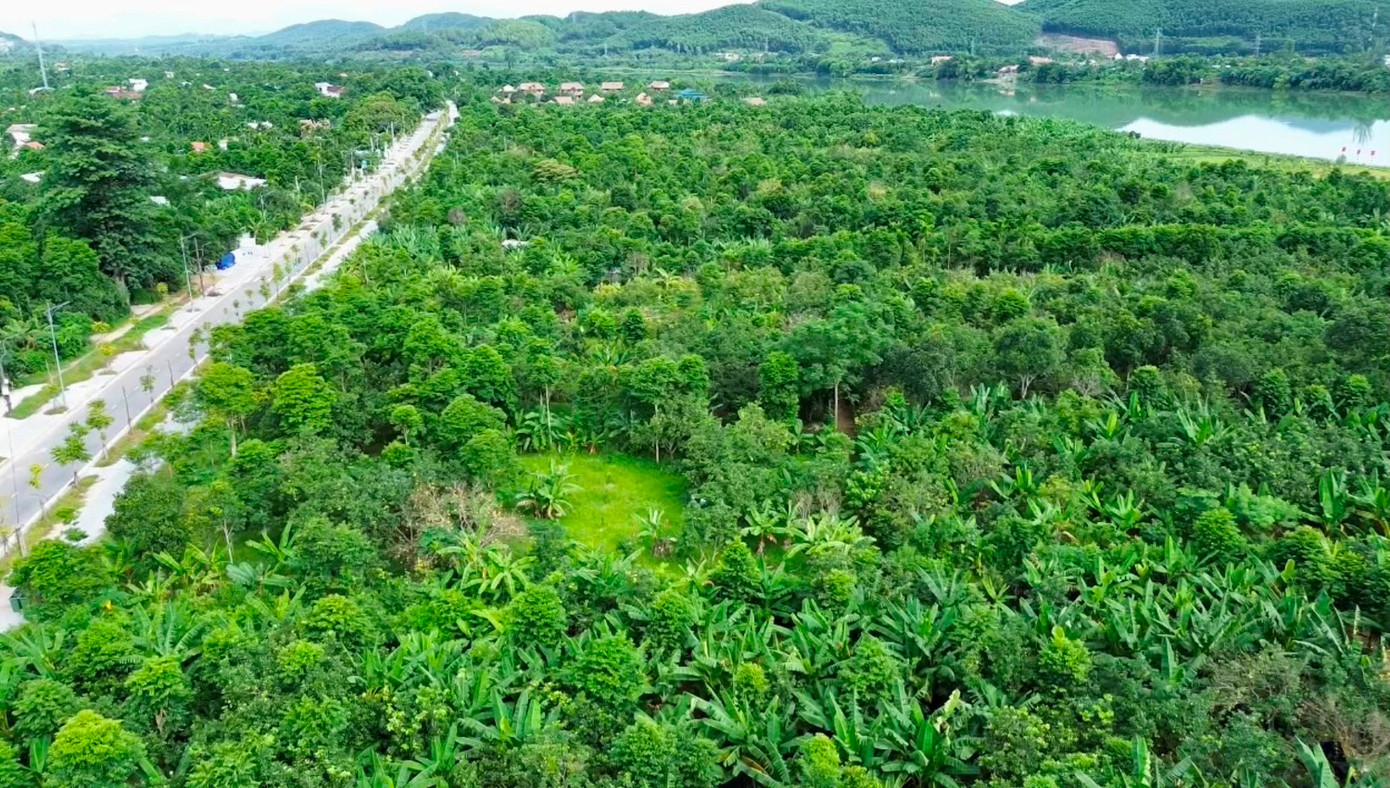
According to local elders, this pomelo variety was introduced from North Central Vietnam centuries ago. However, it only achieved its renowned sweet, crisp flesh and distinctive aroma when cultivated in the fertile soil along the Huong River. These unique soil and climate conditions are what define the “Hue Pomelo.”
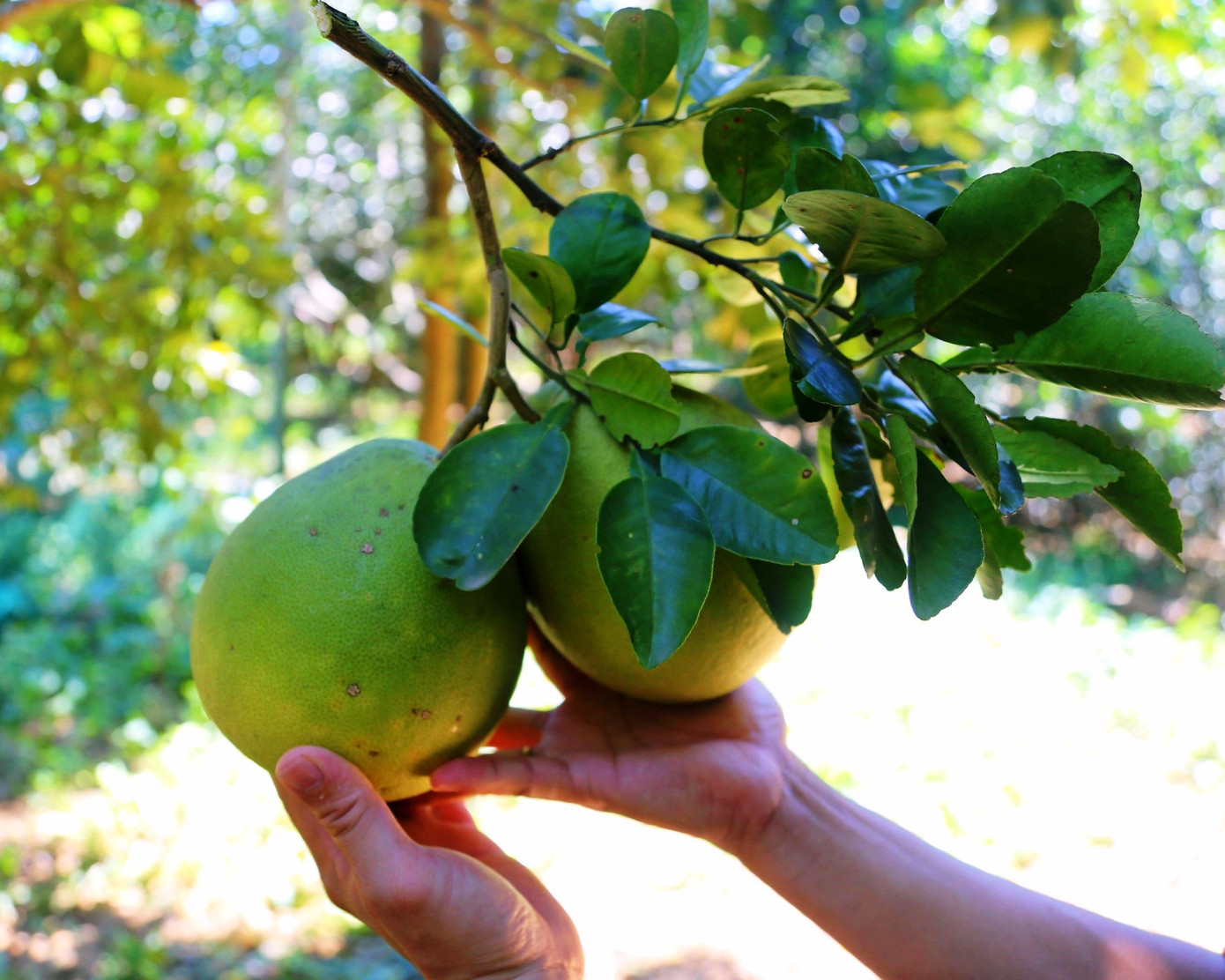
Hue Pomelos are round, smooth-skinned, and ripen to a golden yellow or pale green. Their translucent segments are juicy, offering a sweet taste with a hint of tartness. Locals say, “One segment of Hue Pomelo captures the essence of the Huong River.”
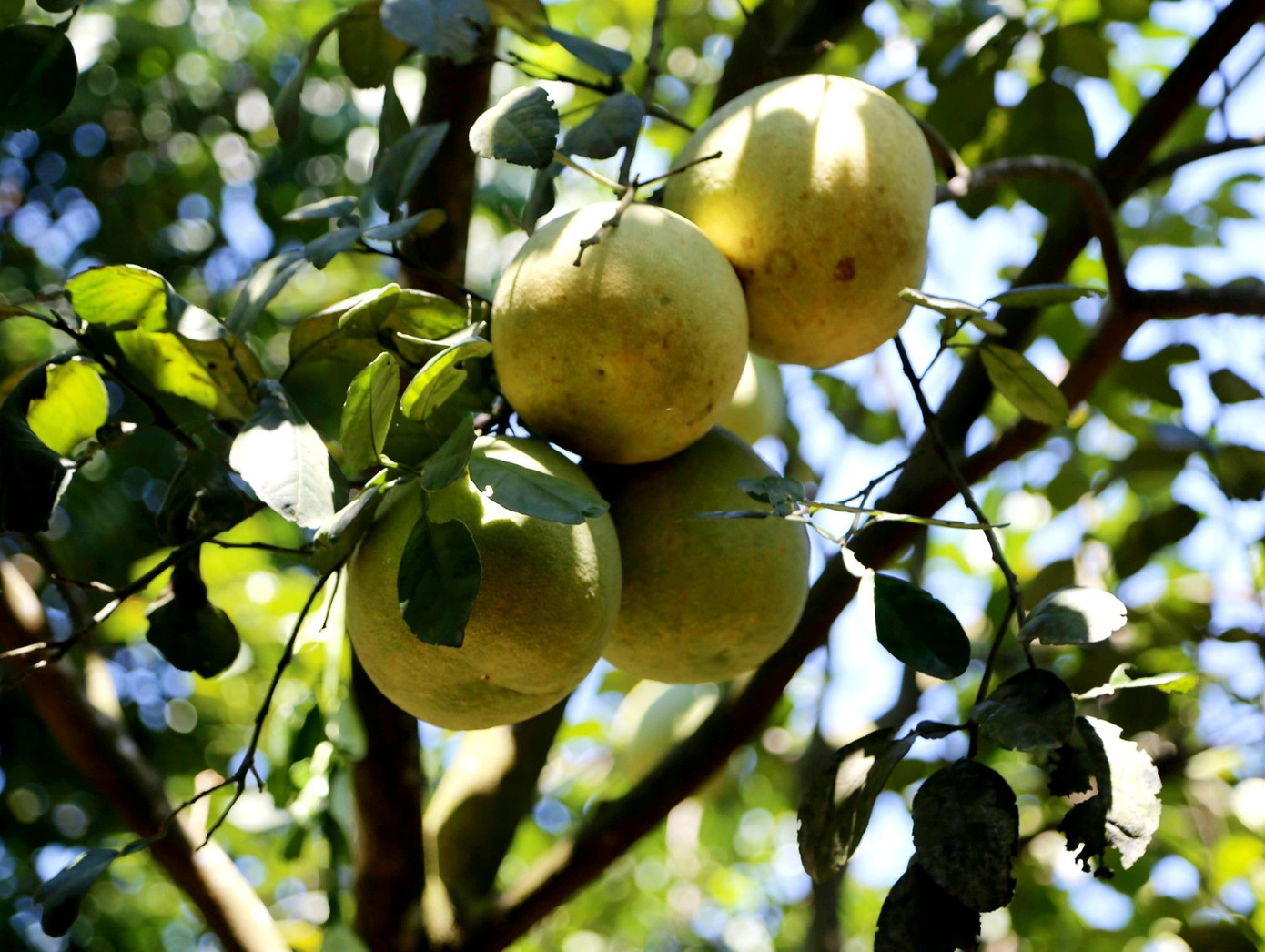
Thuy Bieu (now Thuy Xuan Ward) is considered the “capital” of Hue Pomelos. This specialty is also cultivated in fertile riverside areas along the Bo River (Huong Tra Ward), O Lau River (Phong Dien Ward), and Truoi River (Loc An Commune).
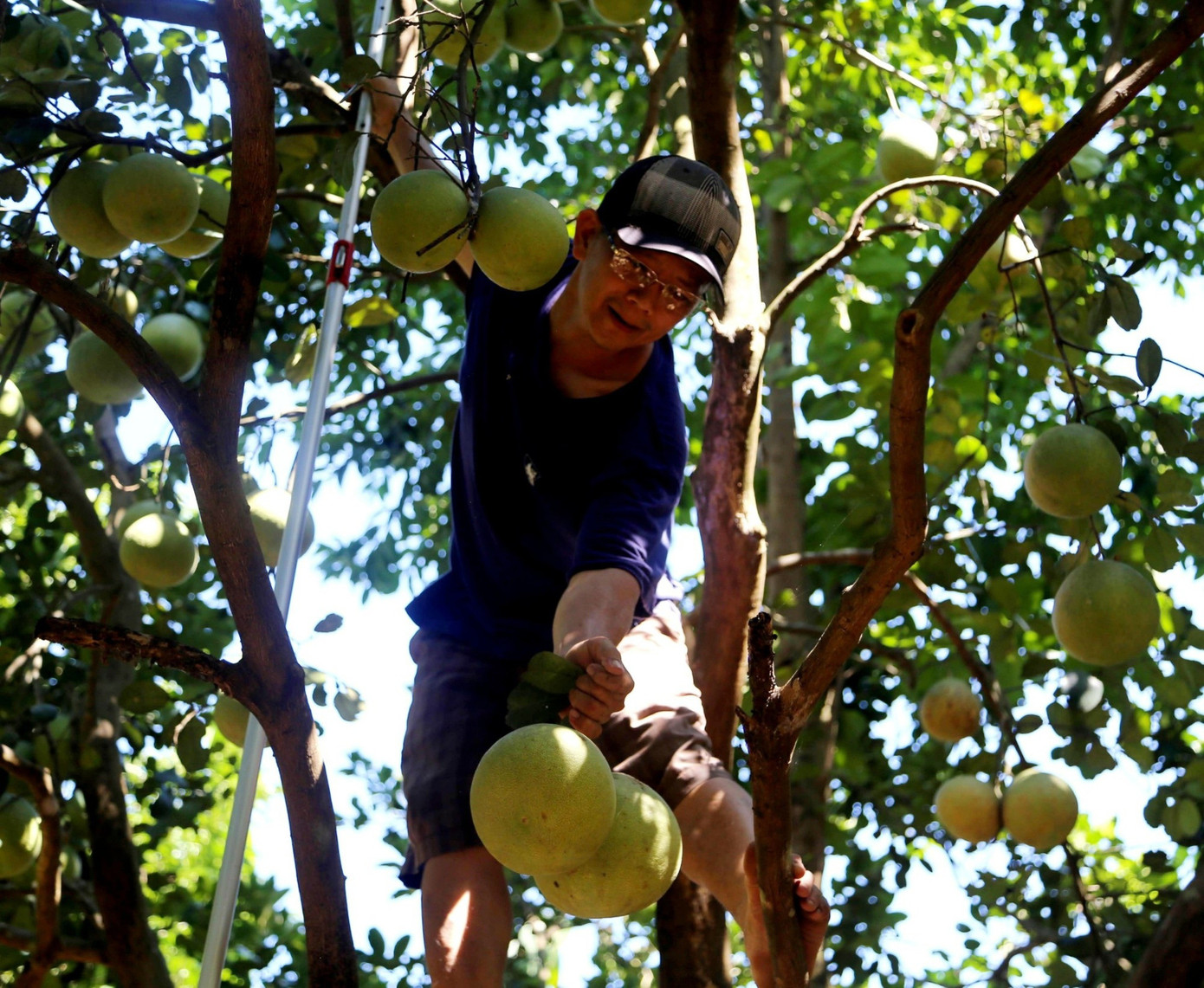
Mr. Ton That Kim Son (55, Thuy Xuan Ward) owns a 3,500 m² orchard with over 120 pomelo trees. This year, favorable weather and VietGAP practices resulted in high yields and quality. “Each tree produces 150-200 fruits, some over 200. Traders buy directly from the orchard at 30,000-45,000 VND/kg, higher than last year. I expect to earn over 100 million VND this season,” said Mr. Son.
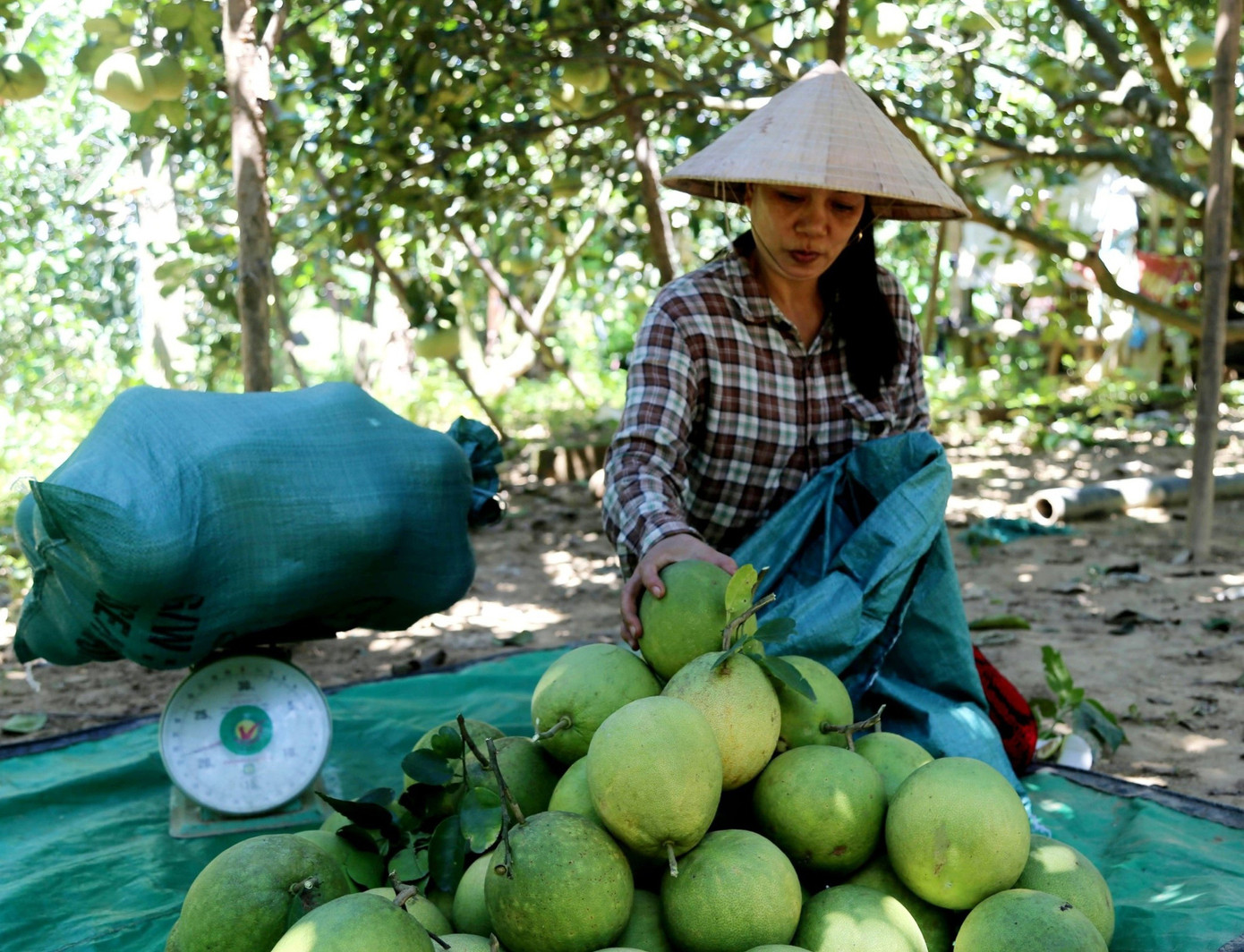
The Thuy Bieu Agricultural Cooperative (Thuy Xuan Ward) reports an average yield of 5-7 tons/ha this year, with a total regional value exceeding 20 billion VND. Most areas are VietGAP certified, and many farmers use QR codes for traceability, facilitating supermarket sales and tourism.
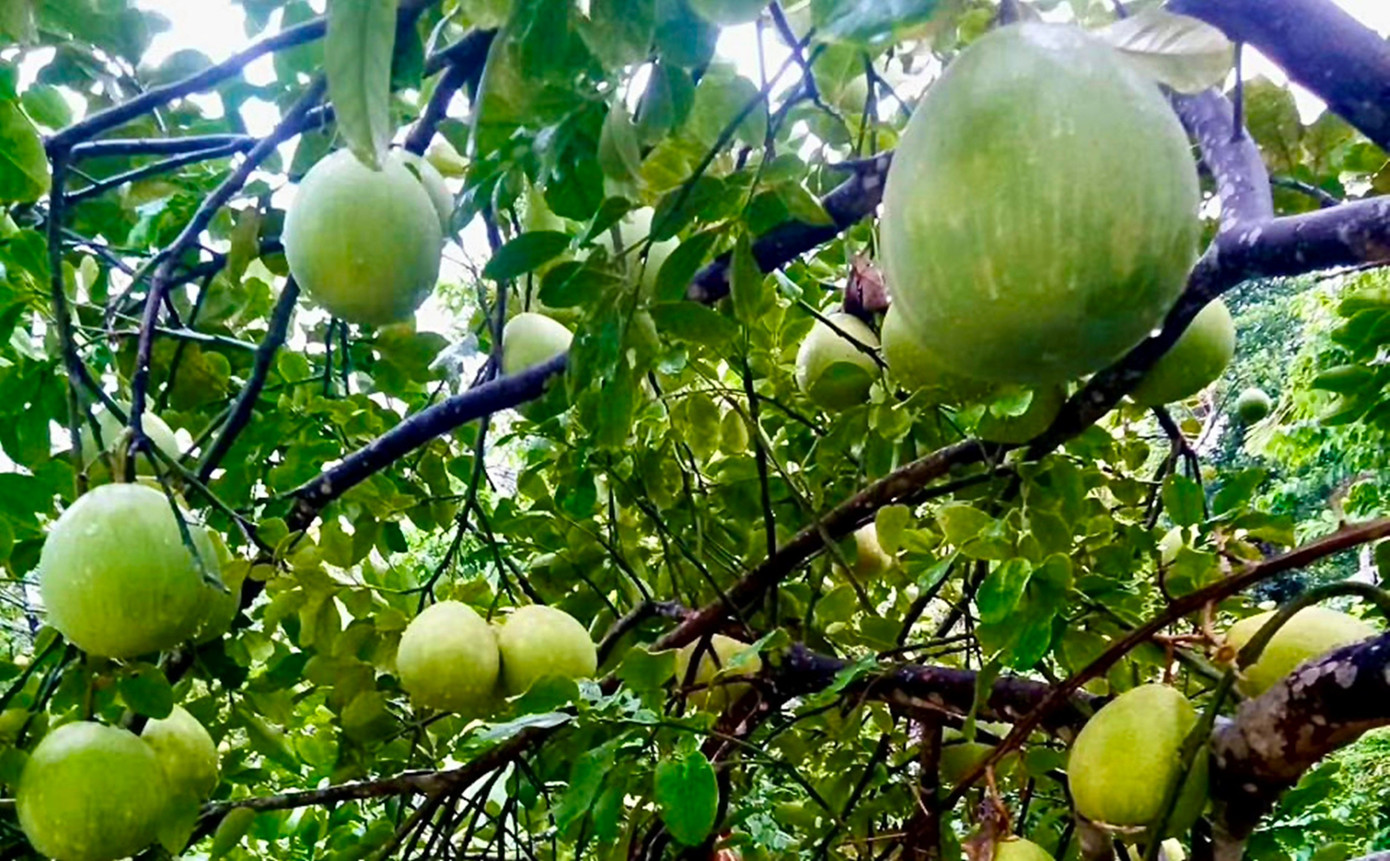
During the Nguyen Dynasty, Thuy Bieu villagers selected the finest pomelos to present to the royal court, earning them the title “royal tribute fruit.” After centuries, Hue Pomelos remain a cherished part of Hue’s culinary culture and daily life.
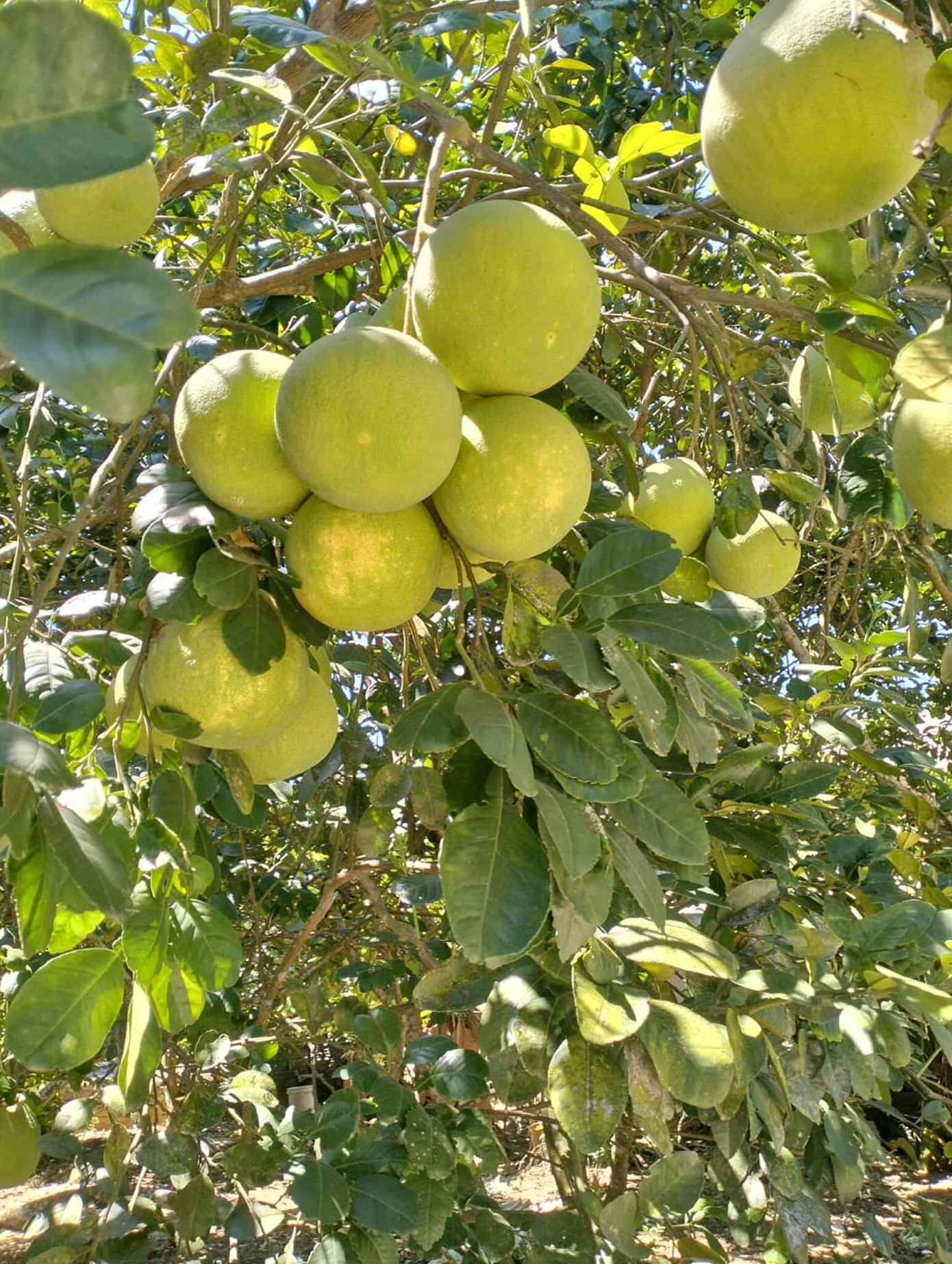
Beyond a dessert fruit, Hue Pomelos are transformed into unique dishes like pomelo shrimp salad, juice, tea, jam, and liqueur. Each creation embodies Hue’s distinct blend of rustic charm and refined elegance.
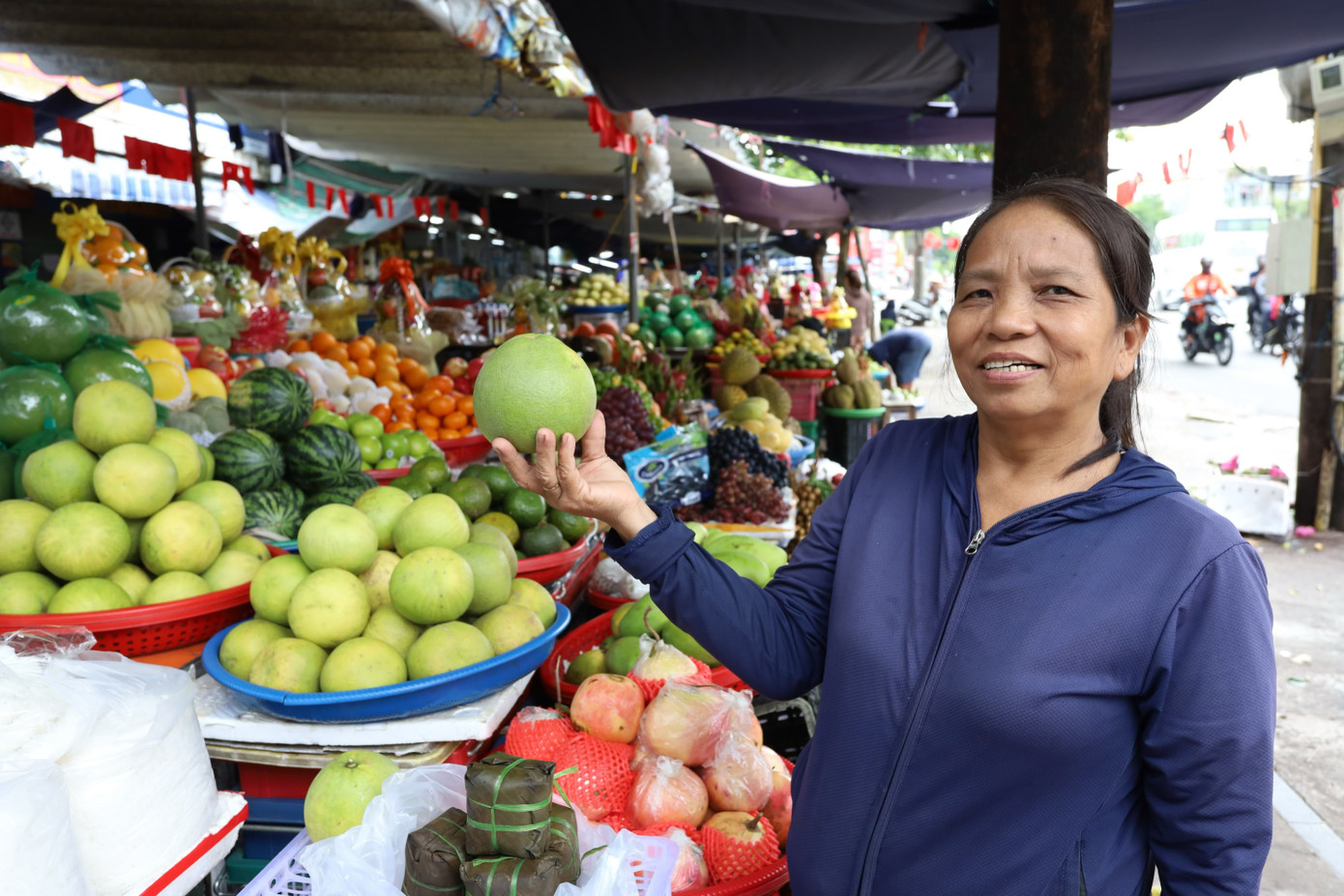
At major markets like Dong Ba and An Cuu, Hue Pomelos are always in high demand. Ms. Tran Thi Hien, a vendor at An Cuu Market, shares: “Hue people are picky about their fruit, but pomelos sell out quickly. I buy 30kg each morning, and they’re gone by afternoon. Customers say they’re refreshing, fragrant, and mild.”
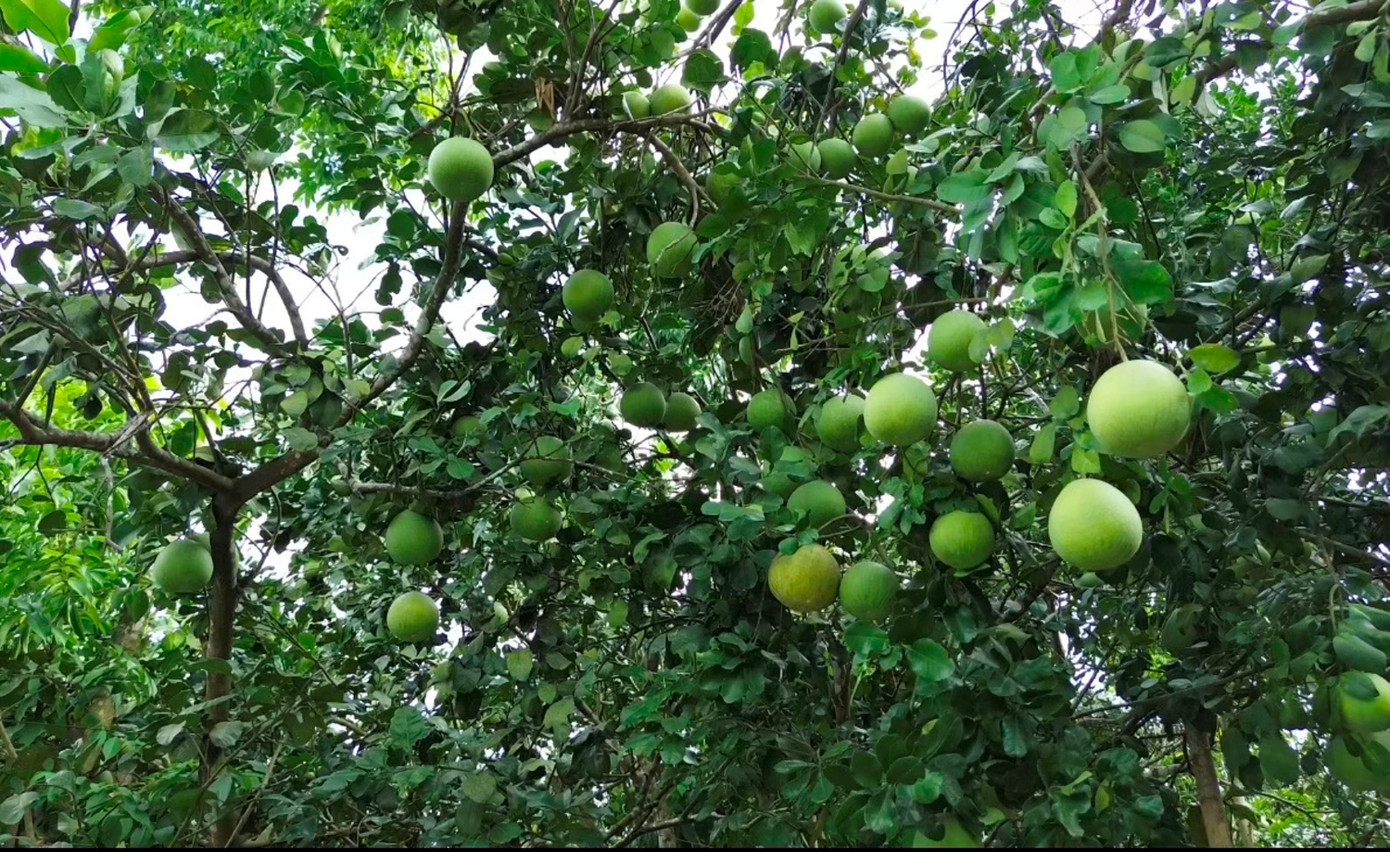
Hue Pomelos symbolize not only the Huong River region’s bounty but also the diligence and perseverance of Hue farmers in preserving this cherished specialty. In early 2024, the Intellectual Property Office granted the “Hue” geographical indication for this fruit, protecting its brand and origin. Hue Pomelos are also recognized as one of Vietnam’s top 50 specialty fruits.
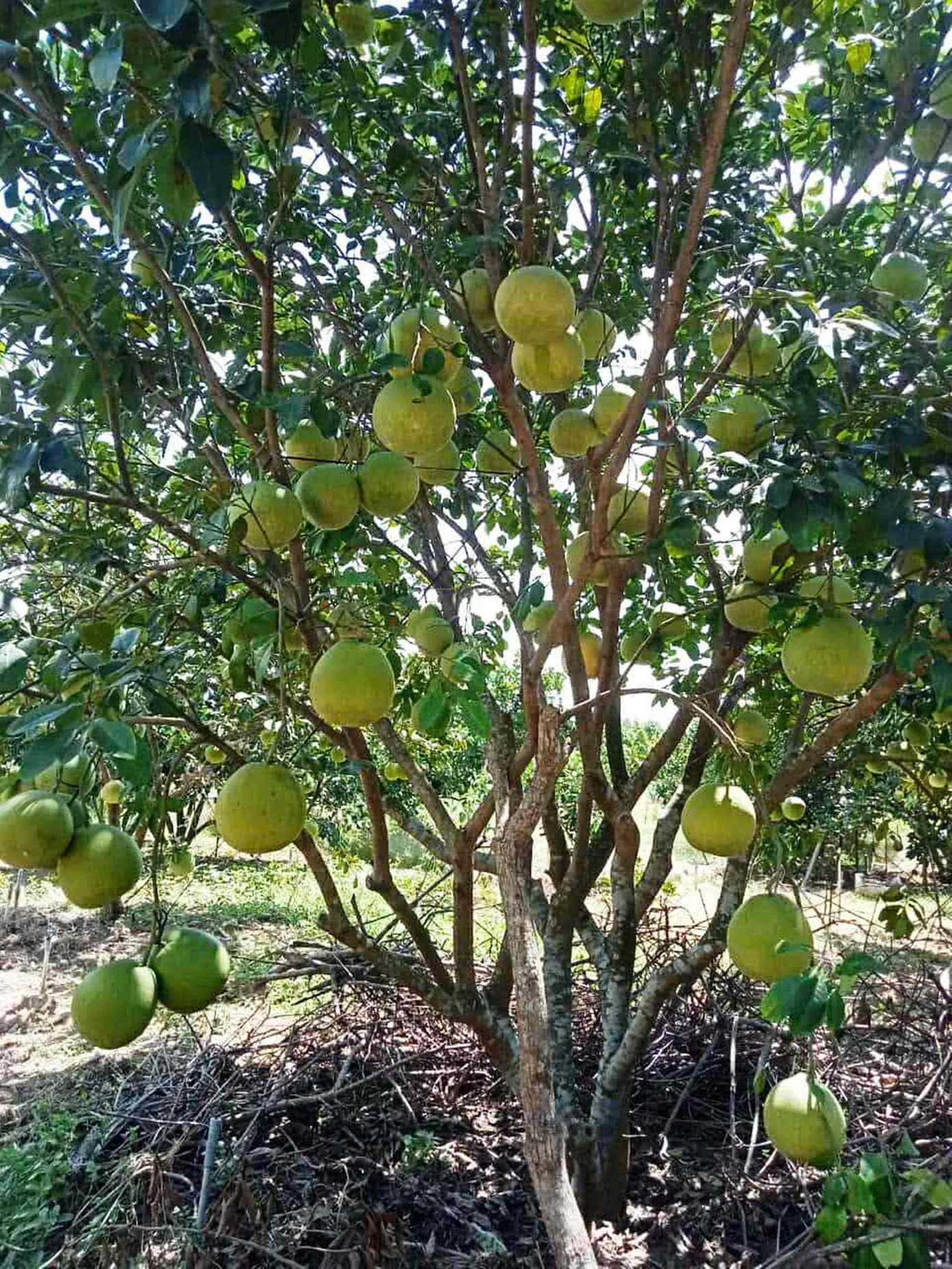
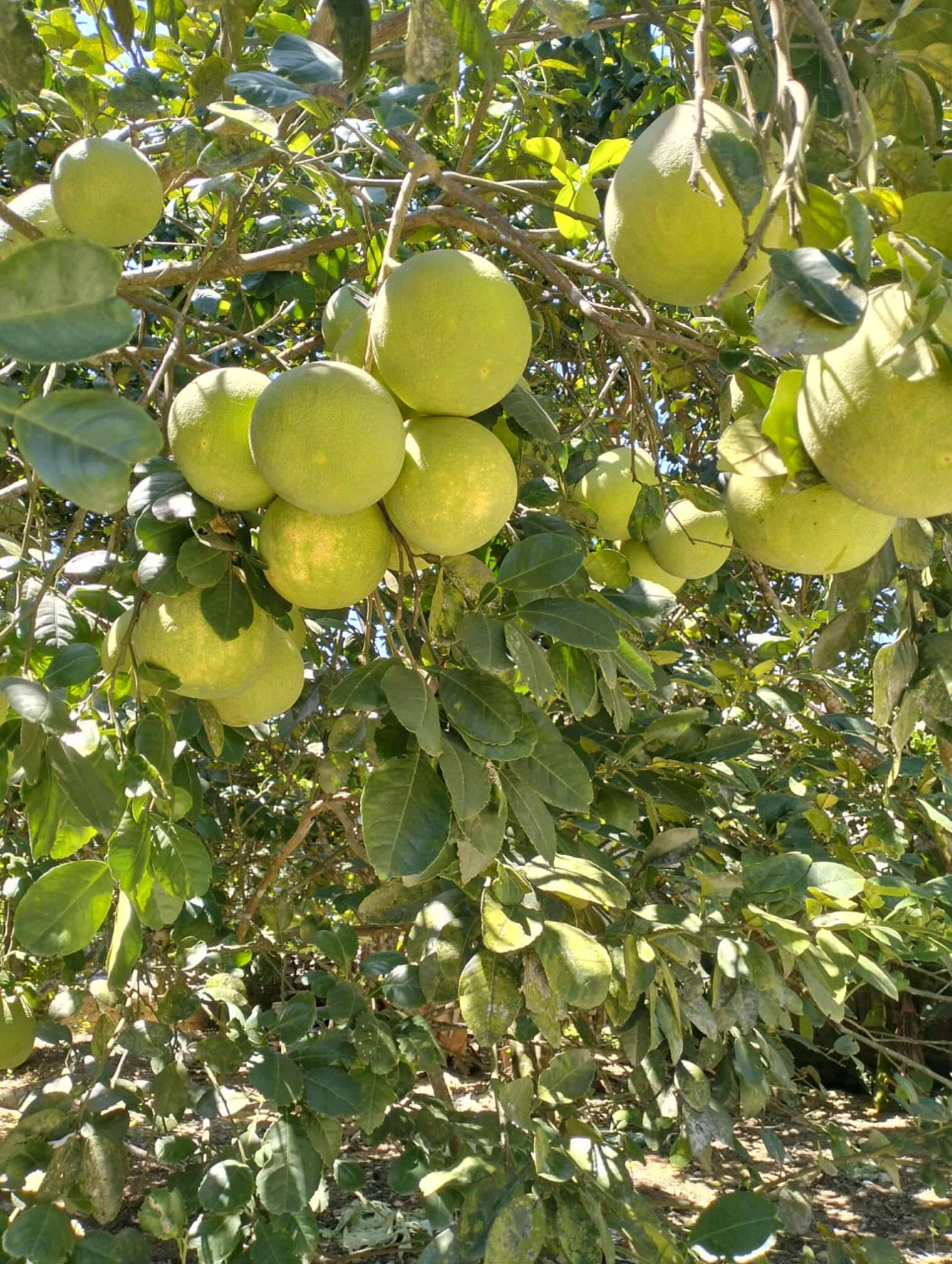
This crop not only provides high economic value for farmers but also embodies Hue’s culinary and agricultural heritage. It serves as a foundation for expanding markets, increasing agricultural value, and promoting local tourism and services.



